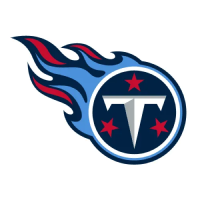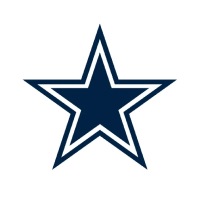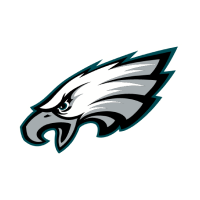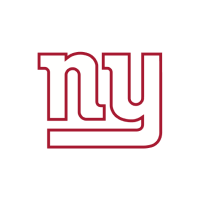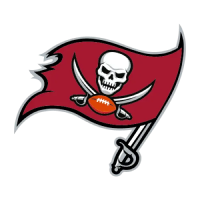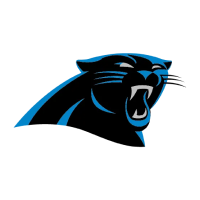CHICAGO BEARS POST-DRAFT BREAKDOWN
All 259 draft picks have been made and each team is high-fiving each other because they were able to address many needs with the perceived "best player" available on their board. One team that made waves was the Chicago Bears, who made the splash of the first round by trading up to secure former Ohio State quarterback Justin Fields.
The Bears' seven-player class was an interesting one as it had players across multiple positions. Let’s take a look back at their 2021 NFL Draft class:
Round 1: Justin Fields, QB, Ohio State
This was the steal and best pick of the first night. The Bears traded up with the New York Giants to secure their future franchise quarterback in Fields after a slide that seemed to go on longer than imagined as there were some that thought Fields was the second-best signal-caller in the draft. Surrendering a 2022 first-round pick, it’s a swing for the fences for a regime that was considered to be on its last leg entering the upcoming season. With little buzz surrounding the team prior to the draft, Fields jumpstarts the excitement of many critics surrounding the team. A strong-armed and mobile quarterback, Fields brings the upside to the position that the team has sorely lacked for decades. Fields is expected to compete with Andy Dalton to become the team's starter, but it would be surprising if Fields isn’t taking snaps under center come Week 1.
Round 2: Teven Jenkins, OT, Oklahoma State
Widely thought to be a first-round pick, Jenkins ended up slipping to the team in the second round. With a huge void after the release of both starting tackles a season ago in Charles Leno and Bobby Massie, the team needed an immediate answer at offensive tackle. Jenkins' physicality, strength, and awareness could enable him to be an early starter. Fitting into the offense is a seamless transition as he has the athleticism to fit in a zone-based blocking scheme, but also the power to accomplish tasks in a gap/power scheme as well.
Round 5: Larry Borom, OL, Missouri
A name that flew under the radar during the lead-up to the draft, Broom could provide depth along the interior as a guard, but also as an emergency offensive tackle. Possessing unique strength and girth, he has the traits that transition better inside. Needing help at guard, he’s more of a utility player that could provide depth at either guard spot after a year of development.
Round 6: Khalil Herbert, RB, Virginia Tech
The first 1,000-yard rusher in head coach Justin Fuente’s nine-year tenure with the team, Herbert experienced a breakout season for the Hokies. After spending the first four years of his career at Kansas, he proved to be a reliable threat in Blacksburg. With Tarik Cohen coming off of a torn ACL, the team needed a backup option behind David Montgomery. Herbert provides a solid option in a committee that could come in and spell in early-down situations. A hard-nosed one-cut-and-go runner, Herbert has the skill set that translates well to the next level.
Round 6: Dazz Newsome, WR, North Carolina
A part of one of the more explosive receiver pairings in the country, Newsome is a polished route-runner. Possessing strong hands and marginal speed, he’s a smooth operator that played primarily as a Z receiver in the Tar Heels offense. More along the lines of a WR3 or WR4, he steps into a situation where he could satisfy that role with Anthony Miller in the middle of trade rumors.
Round 6: Thomas Graham Jr., CB, Oregon
A do-it-all player in the Ducks' secondary, Graham experienced playing time at both right and left cornerback during his career. Opting out of the 2020 season derailed his stock as he was thought to be in contention as a possible Day 2 selection, but the Bears are hoping they can revive the player that thrived in 2019. Likely a special teams contributor early on in his career, he will have to carve out a role in that area prior to receiving defensive snaps.
Round 7: Khyiris Tonga, IDL, BYU
After flirting with the idea of entering the 2020 draft, he returned to play a pivotal role for the Cougars last season. A two-down, run-stuffing nose tackle, Tonga could provide depth behind Eddie Goldman and Akiem Hicks in that type of role. His limited upside as a pass rusher was the main culprit of him being selected during the final round, but his strength to anchor in the middle could help him make the team.
Filed In
Related Articles
NFL Draft
Arik Gilbert Doesn’t Need Big Workload To Be A Top NFL Draft Pick
- Aug 22, 2022
NFL Draft
2023 NFL Mock Draft: Marino 1.0
- Aug 22, 2022
Written By









